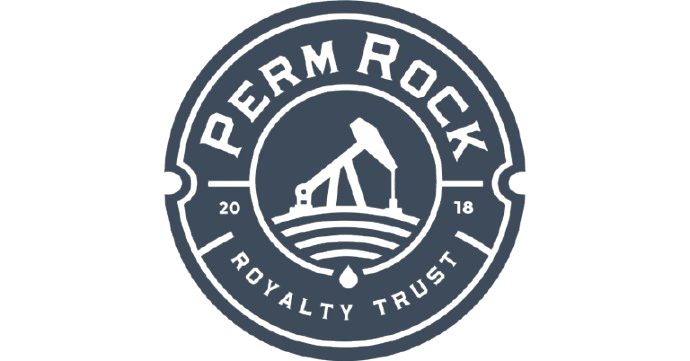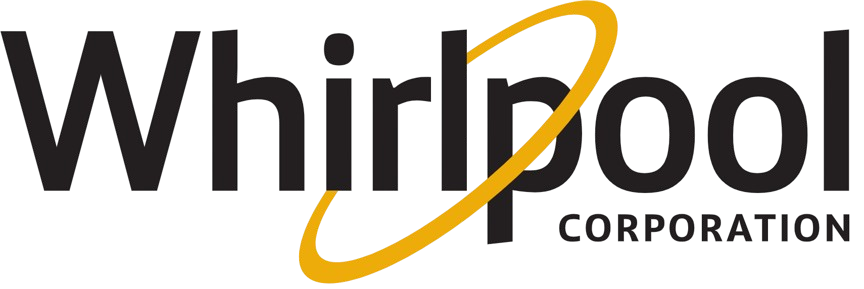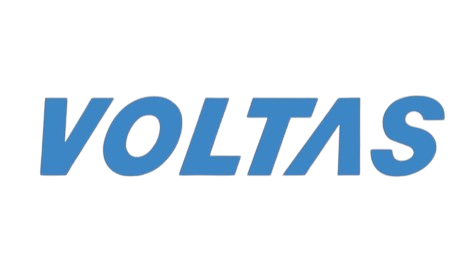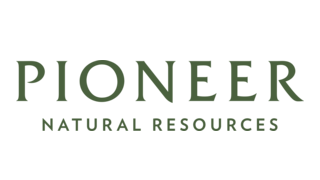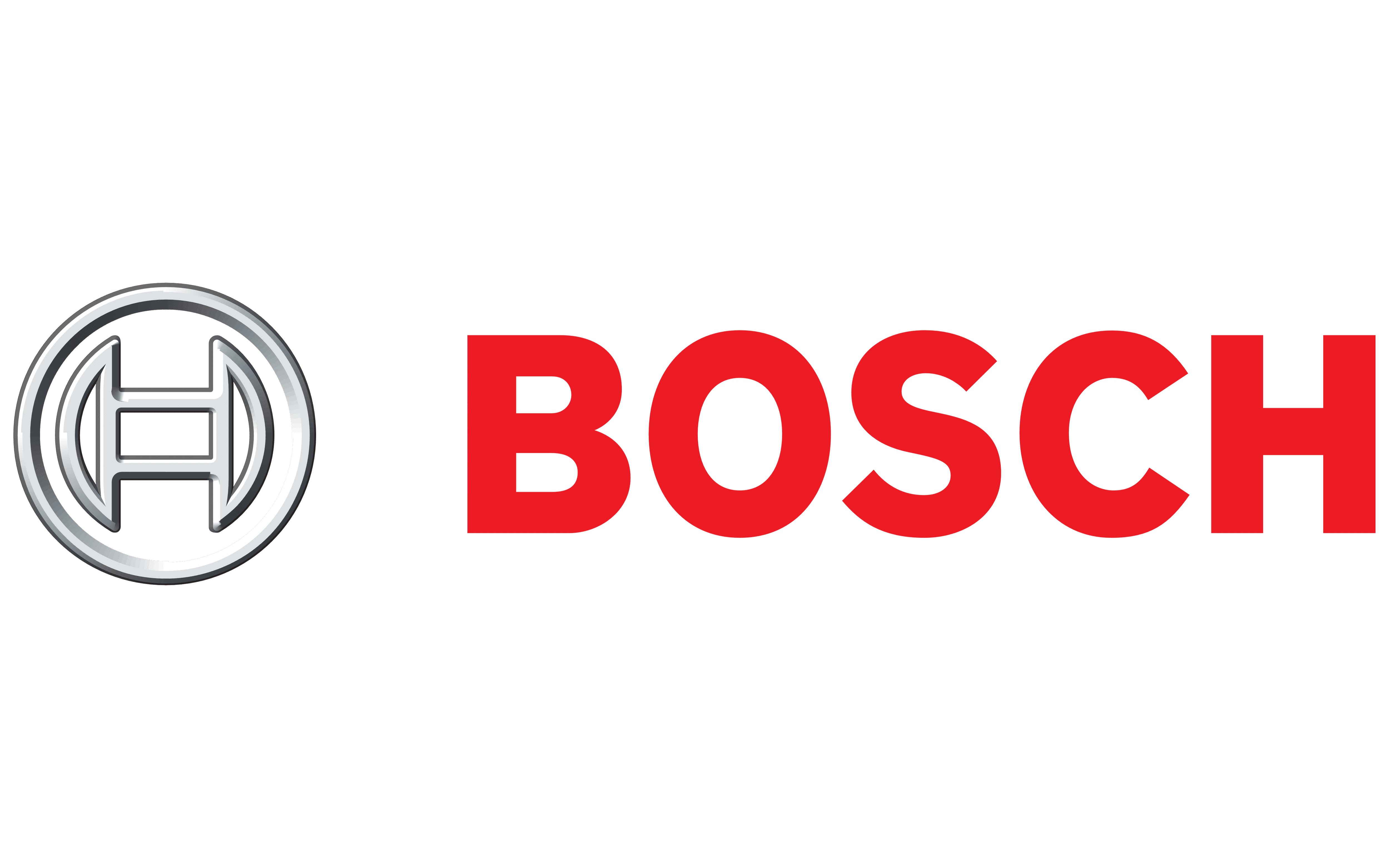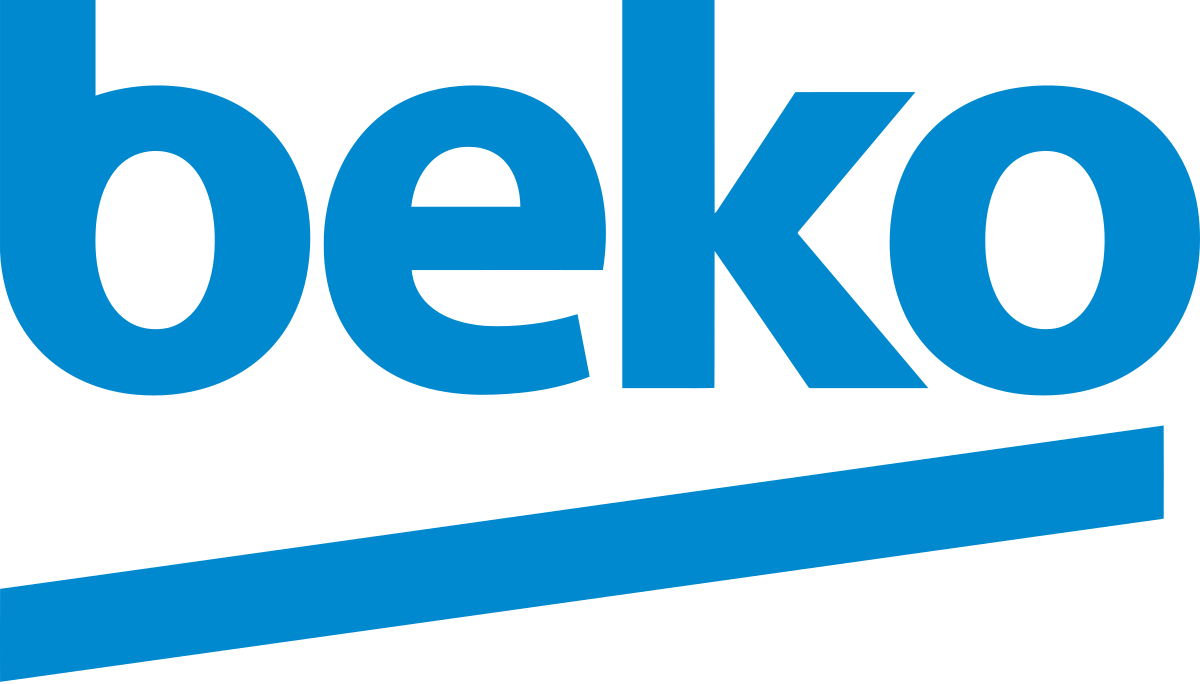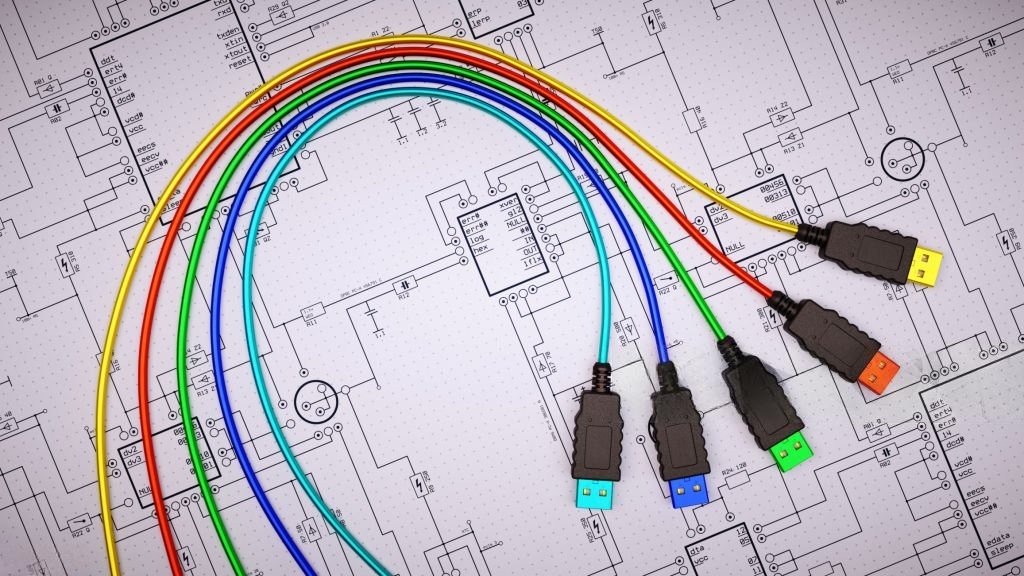
Designing Wire Harnesses for Manufacturability: Key Considerations
An engineering perspective by Celestix Industries — advancing wire harness manufacturability since 2010.
Designing a wire harness that meets performance requirements is only part of the challenge. True success lies in making it manufacturable—efficient to produce, scalable, and reliable under real-world conditions. At Celestix Industries, we specialize in wiring harness manufacturing for OEMs across automotive, aerospace, medical, and industrial sectors. With years of hands-on wire harness engineering and assembly expertise, we help teams bridge the gap between concept and production through the principles of Design for Manufacturability (DFM).
Material Selection: Where Quality Begins
Selecting the right wire harness materials lays the foundation for durability, safety, and performance. Here's how we approach material choice:
Testing Methods We Use:
Electrical: Continuity, insulation resistance, and hipot to ensure signal and insulation integrity.
Mechanical: Pull-force and fatigue to test mechanical stability under motion.
Environmental: Salt spray, thermal cycling, and vibration for long-term resilience.
HALT: Stress testing to reveal hidden faults in design or materials.
We also factor in:
Stranding Class: Class K for flexible, Class B for fixed harnesses.
Shielding: EMI-sensitive designs may require foil, braid, or combo shielding.
Color Coding: Aligned with IEC or SAE standards for clarity and safety.
Modular Thinking: Simpler Builds, Faster Scale
A modular and standardized approach makes everything from design to production smoother. At Celestix, we lean heavily into reusability and interchangeability.
Why Modular Wire Harness Design Works:
Plug-and-play assembly reduces human error.
Scalability across product variants minimizes rework.
Shorter lead times with pre-qualified connectors and routes.
Lower inventory costs with standard components.
Future upgrades become easier, faster, and more cost-effective.
Key Standardization Practices:
Use of globally available connector families like Molex, TE, and JST.
Consistent wire color coding and durable identification tags.
BOM alignment across platforms to reduce procurement delays.
Layout reuse through CAD libraries and templates.
Keyed connectors for foolproof installation.
Design for Assembly: Think Like the Floor Team
How a harness is routed can make or break its lifespan and ease of installation. We take a technician-first approach in our designs.
Tips from Our Shop Floor:
Avoid routing near sharp metal; always apply grommets.
Keep away from heat-generating components.
Secure wires every 150–200 mm to prevent sagging.
Add accessible loops near diagnostic or test ports.
Digitalization & Crimping Precision: Where Quality Meets Speed
At Celestix, our production environment is driven by intelligent software and certified tools.
Manufacturing Approach:
Crimping: For speed, repeatability, and clean connections in high-volume builds.
Soldering: Reserved for precision or ruggedized harnesses in aerospace/defense.
Traceability Built-In:
Each harness is serialized with barcodes and lot IDs.
QC logs are stored digitally and linked to product batches.
ERP-integrated system for real-time status and auditability.
Engineering Tech Stack:
Siemens NX, EPLAN Harness proD, RapidHarness for 3D layout and simulation.
Digital twins test performance before physical samples.
CAD models and BOMs link to production schedules in PLM.
Automation Tools:
Ultrasonic welders for conductor merges.
Laser wire marking for permanent, clean labels.
Crimp force monitors and micrograph tools ensure IPC/WHMA-A-620 compliance.
Reliability by Design: Catch Failures Before They Happen
Anticipating failure modes is core to our DFM process. We actively design and test around known risks.
We Validate With:
HALT, Salt Spray, UV Testing
Electrical continuity, HiPot, impedance testing
Flex testing up to 10,000+ motion cycles
Real-world vibration + thermal shock simulation
Prototypes that Prove Concepts
Before a production run, we test feasibility through functional prototypes—built, assembled, and tested in-house.
Why It Matters:
Validate routing and connector placement.
Test current handling, EMI shielding, and voltage drop.
Align with mounting and assembly interfaces.
Shorten design loops through rapid iteration.
Typical Timelines:
Simple builds: 5–7 business days
Complex/multi-branch harnesses: 10–14 business days
Partnering for Better Output:
Design reviews with your engineers.
Alternate part reviews to control lead time and cost.
Compliance-ready samples with PPAP or FAI reports.
Certifications That Speak for Themselves
Celestix operates under globally recognized frameworks. We build with confidence—and help our clients do the same.
Compliance Infrastructure:
On-site training and certifications for every line lead.
Regular supplier audits and material traceability logs.
Full inspection and reporting, including CoC, CTQs, and SPC charts.
Our Lean Edge: Smarter Every Cycle
We're constantly refining what we build and how we build it.
Lean Tools in Action:
5S visual organization across workstations.
Kaizen culture with weekly improvement logs.
Six Sigma root cause analysis and process control.
JIT systems to match component arrival with the schedule.
TOC to focus on and unblock production constraints.
What This Means for You:
Fewer defects, faster delivery.
Reduced waste and more sustainable processes.
Agility to meet urgent and evolving needs.
More value from every engineering dollar spent.
Let's Build Smarter Together
Every harness we manufacture carries our commitment to precision, consistency, and scalability. Whether you're launching a new EV platform, upgrading an avionics module, or ramping up industrial production, Celestix Industries is your B2B partner for custom wire harness design and assembly.
Why Engineers and Buyers Trust Celestix:
End-to-end support from CAD to crimp
Global certifications and test reports provided
In-house prototyping, lab testing, and QC
5–6x production scalability for OEM-grade volumes
Collaborative engineering to reduce TCO and lead time
Need expert insight for your wire harness project?
Email us: info@celestixindustries.com
Get a quote: Request Quote
